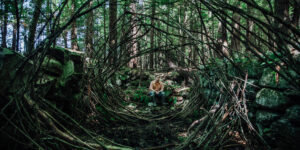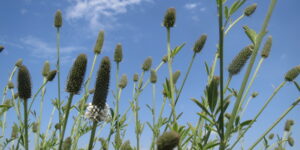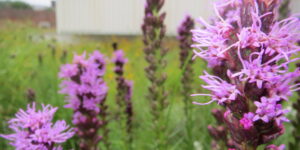While I was in Portland a few weeks ago, I made my way to the Japanese Gardens. I had been told to visit but I held little expectation of what I might encounter.
I knew that I was in for an inspired and meticulously detailed landscape when I passed through the first gate. Ramps were offset to provide an interesting and mildly challenging passage for all into the space and up the winding path to the formal entrance gates. The variation of the materials and the choreography of paths and rests brought me to gems of vistas – long and short – curvy and linear – richly textured and austere. At varying times I felt overwhelmed with inspiration/beauty/awe & blissed out – good design induced euphoria. Indeed, here is a landscape that functions as elevated art form with allusions, that I am sure to have missed, that are momentary, seasonal and deeply poetic. While this art form has been distilled and shaped through centuries of practice, meditation and philosophy, nothing felt dated or stilted. Being there after spending some time in beautifully designed spaces – like Halprin’s Keller fountain park – I came to believe that this garden’s form of expression and interpretation of nature is inherently modern. As I walked through the garden, details in the path edges and materials made me think of Dan Kiley and Peter Walker. Later that day, as I was in spaces designed by Dreiseitl – Tanner Springs park, and Halprin – the Keller fountain park (again, ok, I was there everyday of my three days there in Portland) I could see the influence of what I had experienced in the Japanese Garden manifest in the path, materials and lines of those beautiful spaces.
Most of all, what I loved about the Japanese Gardens was experiencing the spaces at that moment. It’s a particular gift that travel bestows – removing ingrained context – so that experiences can flow smoothly and deeply where they need to & nourish the uncharted within.



